23 feet is indeed big, but comparing it to a bus is downright silly. The average bus is about 40 feet long, so half a bus length isn't something to be startled about.
-RODION
Results 71 to 80 of 199
-
03-14-2009, 11:05 AM #71
-
03-14-2009, 01:14 PM #72
ahh 8ft ra diay ..murag impossible gyud ng 23ft., naay salida tu ana before nga croc dako kaau, till now wala pa nadakpan. I forgot the title sa movie and I forgot also the size sa croc
-
03-14-2009, 02:03 PM #73
pagka-exage jud oy, 23 ft, mura ug bus kadako...
naa sa NatGeo, gifeature nila sauna biggest croc sa africa..
kalimot na ko sa name sa croc.....
ang pinakadko nga remains sa croc nga nakita, kadtong super croc...
mao jud to dako, 6ft ang skull pa lang....
edited:
gustave ang name...
Gustave the Killer Crocodile - National Geographic Adventure Magazine
-
03-16-2009, 04:51 AM #74
 Killer croc should be taken alive: Philippines mayor
Killer croc should be taken alive: Philippines mayor
Killer croc should be taken alive: Philippines mayor
BUNAWAN, Philippines, March 14, 2009 (AFP) - Residents of a town near marshes in the southern Philippines where a schoolgirl was killed by a huge crocodile have been asked not to harm the reptile, the mayor said Saturday.
Bunawan mayor Gilbert Elorde said he wants the crocodile caught rather than killed, adding that several crocodile farms were interested in trapping it.
All wildlife in the Agusan marsh including crocodiles are protected by law and could not be hunted without a permit, he told reporters.
The crocodile, described by witnesses as being about 30 feet (nine metres) long, killed a schoolgirl on March 9 after attacking the boat she was in.
The attack has panicked residents, forcing some 100 people who live in floating houses on the marsh, to flee the area.
Local tribal leader Bae Ligaya Daga-as, 57, said the marsh crocodiles have recently become more aggressive.
"When I was a kid accompanying my parents, the crocodiles then were even afraid of the mere sound of human voices and the engines of motorboats. Now they are not afraid," she said.
The Agusan Marsh on Mindanao island is one of the country's largest, covering 113,000 hectares (279,200 acres). It is a sanctuary for protected species, including soft-shell turtles and freshwater crocodiles.
Killer croc should be taken alive: Philippines mayor - Yahoo! Singapore News
-
03-16-2009, 06:24 AM #75Junior Member

- Join Date
- Jun 2008
- Posts
- 152
7 meters long? that's huuuuge! wouldn't want to meet that.
-
03-16-2009, 08:27 AM #76
-
03-16-2009, 05:15 PM #77Junior Member

- Join Date
- Oct 2008
- Posts
- 294
ma shock pud ta anang 23 feet, mura na ug si gustave.
tan-aw nya mug PRIMEVAL na salida.
-
03-16-2009, 10:23 PM #78
AGUSAN MARSH (this is a small portion of Agusan Marsh)
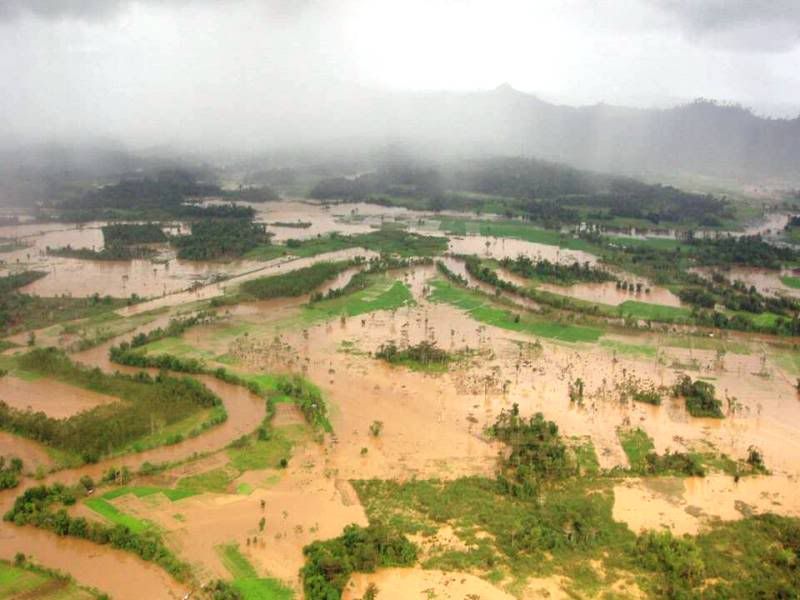
People lived there on floating houses. Their school, stores and government centers like barangay hall is also floating. Though during dry season there are dry lands, they prefer to stay on floating houses because these lands will be underwater during the months of January to March. If they will build their houses on land then water could even reach their roofs. During floods or rainy season, they will tie their houses with ropes to the trunk of big trees such that it will not be carried by the current.
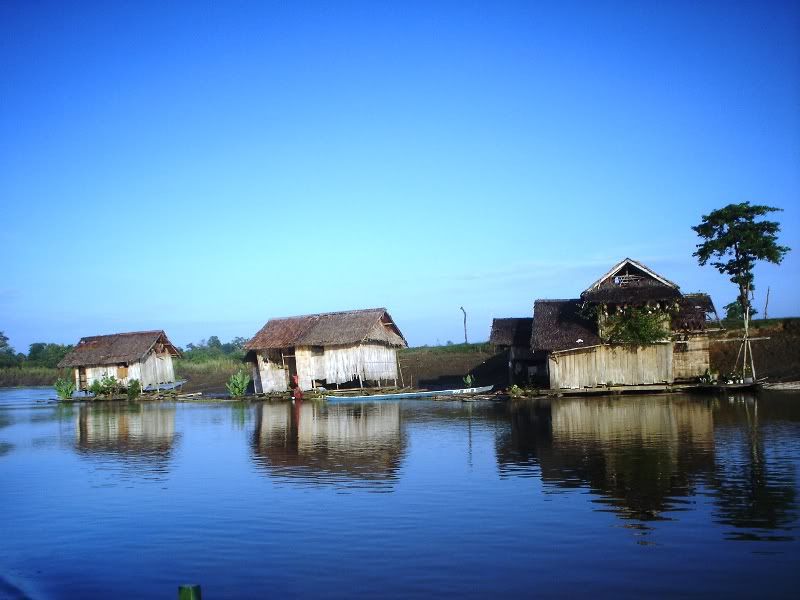
Some of these floating houses congregate to form a village
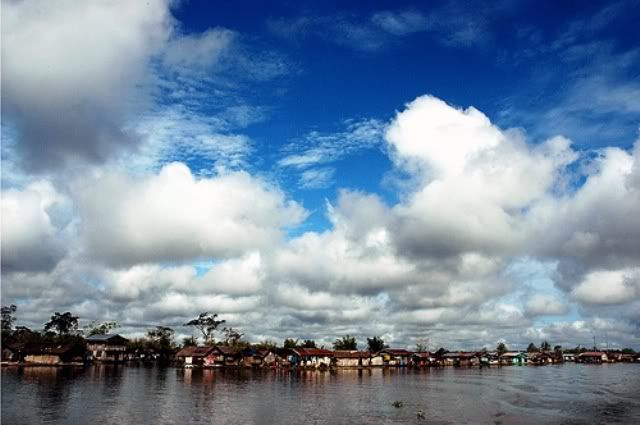
People live there by hunting and fishing. Picture shows a 'bobo' (a fish trap) in between the man and boy. Their main food fish is carp, similar to our "kois" but much more bigger in size and is silver and brown in color and 'halwan' whose size could reach the size much more bigger than a thermos bottle and 'pantat'. "Paitan', a type of barb is also abundant in the place.
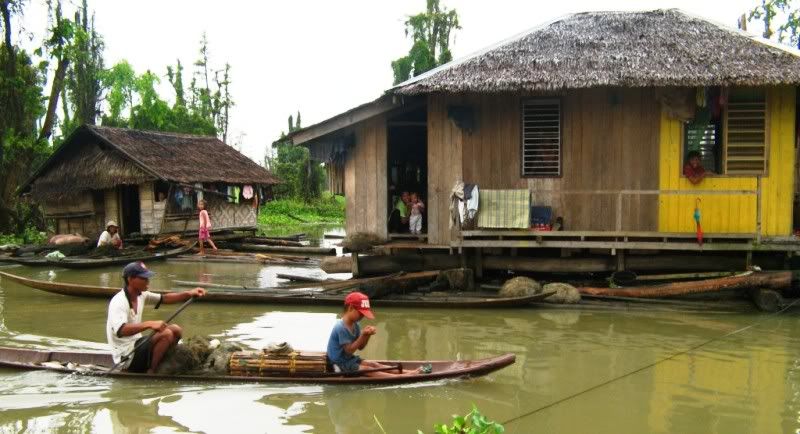
The mode of transportation is by wooden canoe which they call as 'baroto' (bauto in Agusan). Thus children learn how to use this and use this in going to school. It is not ideal to have a school building for a small community thus they have a one or two room floating school. Teachers handle multi grade classes. In fact my sister who works there handles grade 1 to grade 6 just in one room. She's the only teacher in that school.
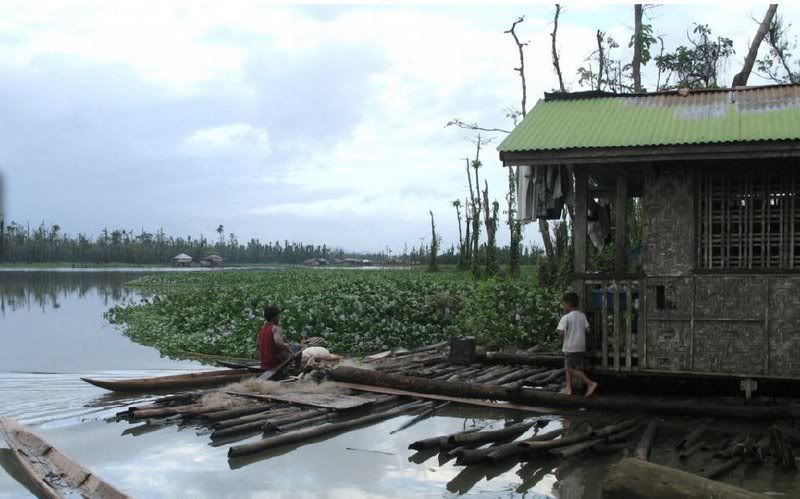
During summer months, fogs would cover the Marsh until 10AM then it will appear again at around 4PM. Sometimes the night is being enveloped with white fog. Really it is very cold there. Water droplets could form at the roof edges though it was not raining.
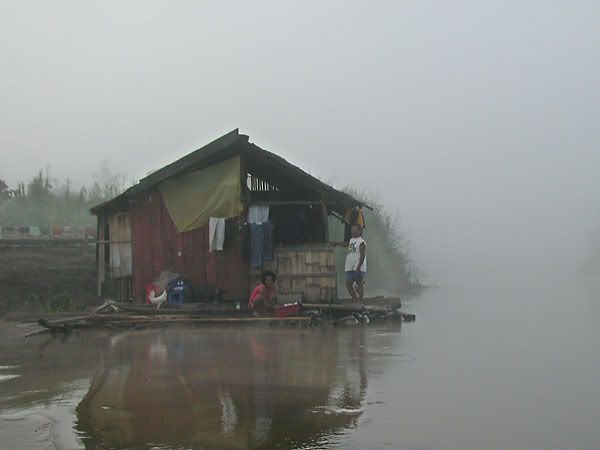
I had criss-crossed the different towns surrounding Agusan Marsh like, Bunawan, Rosario, San Francisco, Veruela, Sta Josefa, Trento, Loreto, Prosperidad and Talacogon. The Agusan Marsh is really wide. As to the questions as to why people lived there, then it is the same why there are people living in cemeteries of Cebu City and Manila.
-
03-17-2009, 12:18 AM #79
-
03-17-2009, 05:41 AM #80
Advertisement
Similar Threads |
|





 Reply With Quote
Reply With Quote


